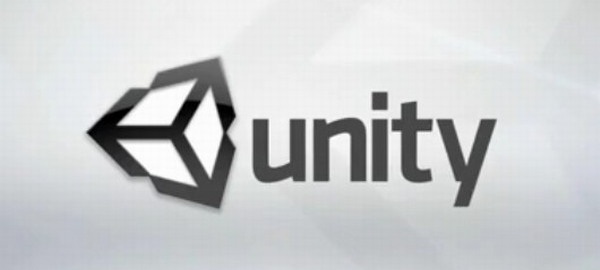Unity Technologies unveiled new 2D tools and workflow for the Unity engine and editor to meet increased demand for features designed to address the specific challenges of creating 2D games. Now in beta, the first iteration of the 2D tools, many of which are included in the free version of Unity, will be released with the Unity 4.3 update this Fall.
The boom in popularity of 2D games, thanks to the huge indie and mobile development scenes, has increased the need for “2D first” tools and workflows. Unity’s suite of features is designed to address usability and efficiency when developing 2D projects with Unity.
David Helgason, CEO of Unity Technologies, said:
“We want to be relentless in the improvement of Unity and its usefulness to all developers. Unity can and has been used for the development of many amazing 2D projects, but we knew that it could be better. So we are taking a leap forward by introducing fundamental tools to make Unity a truly great 2D engine.”
The charge to improve workflow begins with the introduction of a dedicated scene view, which includes specialized 2D scene manipulation tools. Scene view can be toggled between the traditional view or set as the default when creating a project.
Importing, manipulating, and working with 2D assets are made easier with the addition of a new sprite texture importer type, automated atlasing, and dedicated 2D renderer component. Adding 2D art to a scene is as easy as dragging a sprite from the asset library into the scene where Unity will then automatically create an object.
Additionally, the Unity animation editor has also been upgraded with “dope sheet” functionality and visual sprite animation editing leading to much greater control over complex animations.
Finally, the specialized Box2D physics engine has been integrated into Unity. This means better performance, more stable simulation and smaller game builds. Additionally, polygon collider generation from sprite textures means quicker creation of accurate, but fully editable, physical collider meshes for refined physical response between objects in a scene.
Joachim Ante, CTO at Unity Technologies, added:
“Unity is already a great tool for making 3D games, and we wanted to make sure the same was true for 2D. But the ability to mix and match 2D and 3D easily makes Unity a uniquely powerful tool for game developers.”
Enjoy!

John is the founder and Editor in Chief at DSOGaming. He is a PC gaming fan and highly supports the modding and indie communities. Before creating DSOGaming, John worked on numerous gaming websites. While he is a die-hard PC gamer, his gaming roots can be found on consoles. John loved – and still does – the 16-bit consoles, and considers SNES to be one of the best consoles. Still, the PC platform won him over consoles. That was mainly due to 3DFX and its iconic dedicated 3D accelerator graphics card, Voodoo 2. John has also written a higher degree thesis on the “The Evolution of PC graphics cards.”
Contact: Email

